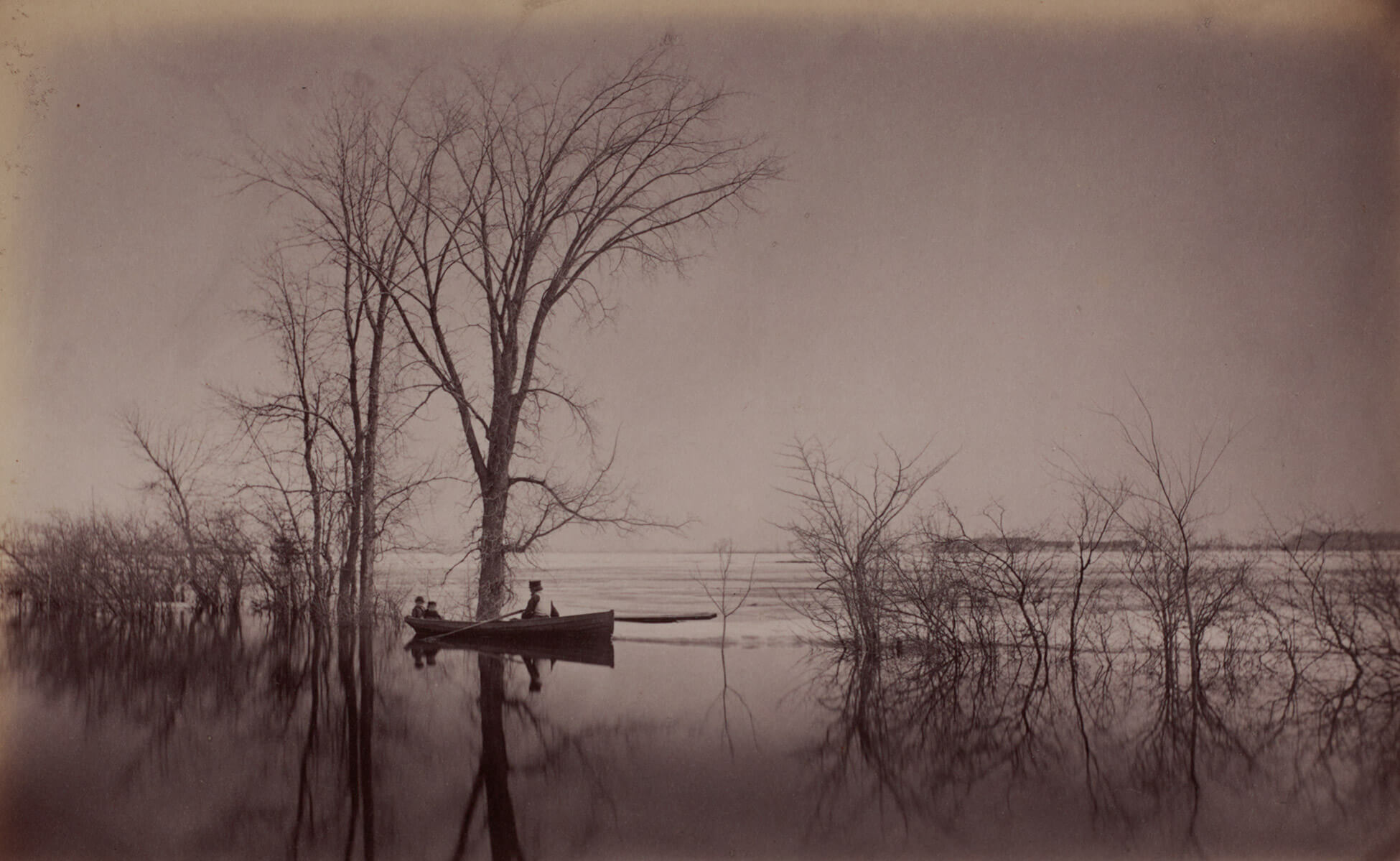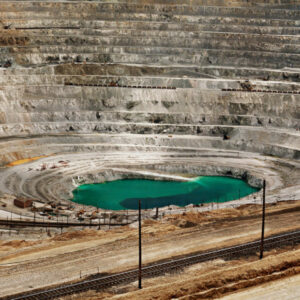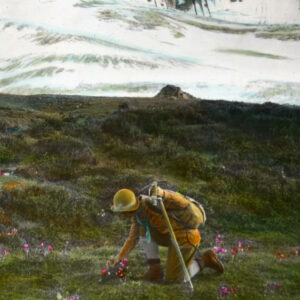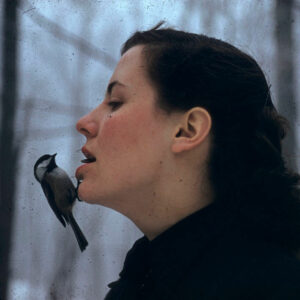Alexander Henderson (1831, Edinburgh, Scotland–1913, Montreal)

Spring inundation on Saint Lawrence River near Montreal, Quebec, c.1865
Albumen print, 11.5 x 18.3 cm
Library and Archives Canada, Ottawa
In Spring inundation on Saint Lawrence River near Montreal, Quebec, a rower and his passengers rest peacefully in a boat on a glassy body of water surrounded by soaring trees above and their reflections on the surface below. Behind them, the rough open water emphasizes their serene moment. The romantic charm and visual dynamism of this image demonstrates why landscapes by Alexander Henderson (1831–1913) were among the most popular and admired in nineteenth-century Canada.
Born in Scotland to a wealthy mercantile family, Henderson spent much of his youth at his family’s rural estate when he was not attending a series of prestigious schools and training to be an accountant. There is no record of his early photographic training, but one of his uncles was an amateur painter, and another sent him to visit the 1851 Great Exhibition in London that included extensive displays in photography. Arriving in Montreal in 1855 with his wife soon after their marriage, Henderson seems to have worked intermittently as a commission merchant while learning photography.
-
Alexander Henderson, Quebec from Point Levy, after 1865
Albumen silver print, 17.1 x 22.2 cm
National Gallery of Canada, Ottawa
-
Alexander Henderson, Ice Cone, Montmorency Falls, 1876
Albumen print, 25.5 x 32.9 cm
Library and Archives Canada, Ottawa
During his first years in Canada, Henderson joined several international photographic exchange societies, experimented with paper negatives, and, in 1865, published a remarkable book of artistic and technically adept landscape photographs titled Photographic Views and Studies of Canadian Scenery. Spring inundation was one of the photographs Henderson included in the well-received publication. The following year he set up a photographic studio, offering portraits as well as landscapes at first, but he soon shifted away from portraiture.
Travelling by any means necessary to capture images, Henderson explored the Quebec rivers by birchbark canoe and cruised the Maritimes on his friend John Molson’s yacht. The resulting banks of photographs were sold to advertisers and enabled Henderson to supply stock pictures to studios; distinctive landscapes such as Quebec from Point Levy, after 1865, and Ice Cone, Montmorency Falls, 1876, were popular. He often collaborated with his friend William Notman (1826–1891), with whom he helped establish the Art Association of Montreal in 1860. Henderson exhibited widely in Canada and internationally, winning awards for his photographs and raising his profile. In the 1870s and 1880s, he received various commissions to photograph the construction of bridges and railways stretching from the east to the west coasts, where he also made landscape views.
Late in life, Henderson accepted a position to set up the photographic department for the Canadian Pacific Railway and served as the inaugural president of the Montreal Camera Club in 1889. However, he did not discuss photographic activities in his frequent letters from the late 1890s until his death. Henderson’s turn away from the medium was underscored by his family, who made no mention of his work as a photographer in his obituaries and threw away his collection of glass negatives. The McCord Museum in Montreal now holds a comprehensive collection of Henderson’s work and significant collections of his prints are held in museums in Canada and internationally, a reflection of how widely his work circulated in exhibitions and private collections during his lifetime.

 About the Authors
About the Authors
 More Online Art Books
More Online Art Books
 Acknowledgements
Acknowledgements